
GUEST BLOGGER: CONNIE GOLDSMITH
In my recent nonfiction book for teens, Pandemic: How Climate, the Environment, and Superbugs Increase the Risk, many health experts predict a global pandemic in the not-too-distant future. Factors such as climate change, disruption of animal habitats, the preventable infections caused by conflict and war, and superbugs all threaten global health. Two of these issues are often challenged by contentious factions in today’s media.

- Climate change and global warming. The majority of scientists say we are on the verge of a tipping point from which we may not be able to return: that the Earth is hotter than ever, and that oceans are rising as ice on land and sea around the world melt. Yet plenty of people say climate change is a hoax, that there is no such thing as global warming, citing this year’s record cold and snowfall. Or if these changes are real, they’re part of a natural cycle that will run its course.
- Vaccinations. The United Nations Refugee Agency says there are more than 68 million refugees and forcibly displaced people around the world. The resultant crowding and absence of health care in crowded camps can lead to outbreaks of vaccine-preventable diseases such as polio, measles, meningitis, tetanus, and influenza. So why do some families in the United States refuse to vaccinate their children? Believers say science has proven vaccines safe and effective, while naysayers believe vaccines are dangerous.
Media Literacy
How can today’s students know what to believe when the media is filled with conflicting, yet seemingly credible, information? The CCSS offers standards that address students’ ability to analyze evidence and evaluate conclusions. Using media literacy can help develop and enhance critical thinking skills and builds upon the foundation of traditional literacy.
Media literacy empowers people to become critical thinkers, effective communicators, active citizens, and to separate facts from fake news. Integrating media literacy into curricula can be easily accomplished with most STEM subjects.
Five core concepts of media literacy
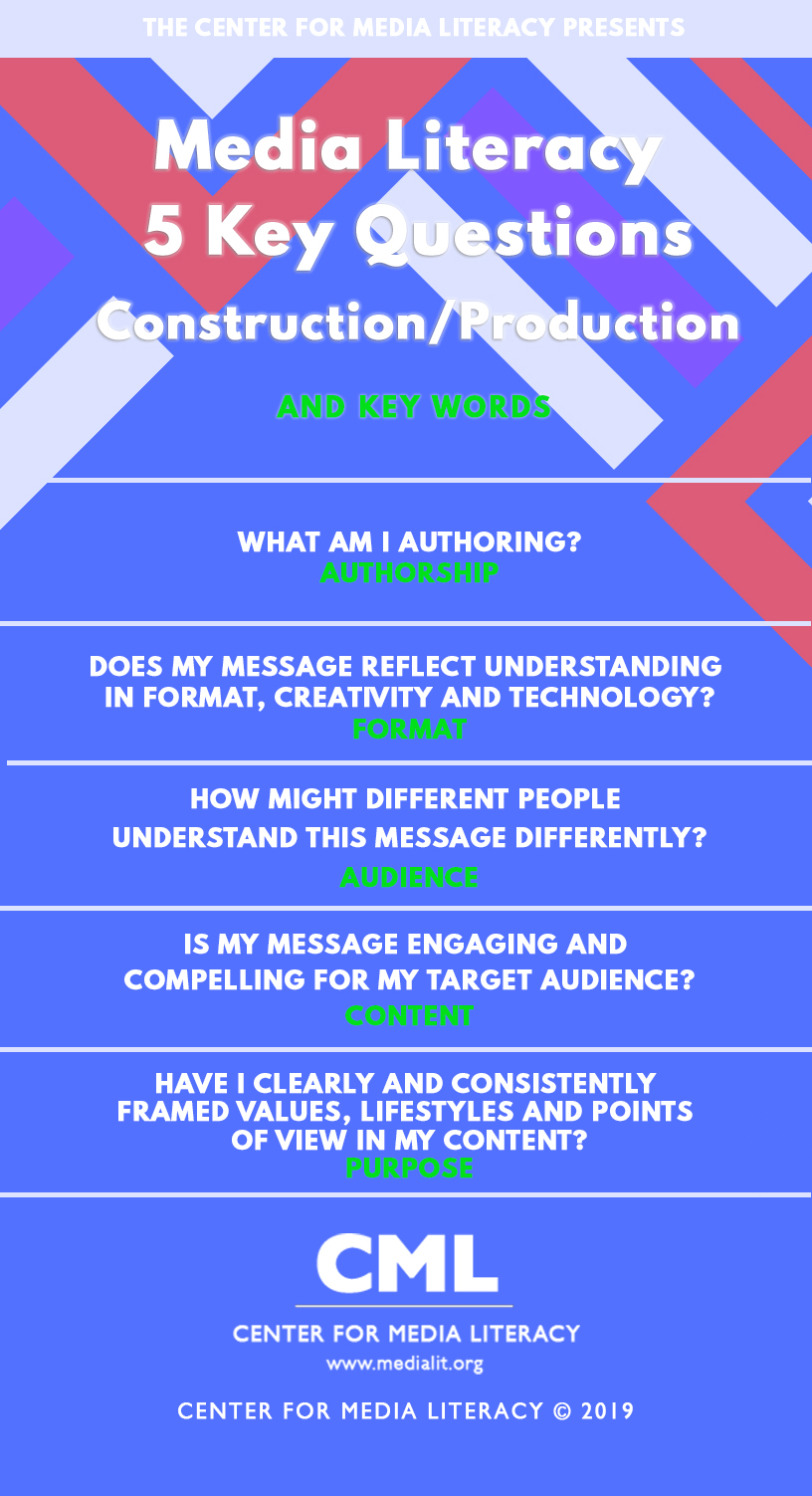
- All media messages are constructed (authorship). Who created this message? What organization or individual? What are the creators’ qualifications?
- Media messages are constructed using a creative language with its own rules (format). What techniques are used to attract the reader’s attention?
- Different people experience the same message differently (audience). How might different people understand this message differently?
- Media have embedded values and points of view (framing or content). What values, lifestyles, and points of view are represented in or omitted from this message?
- Most media messages are organized to gain profit and/or power (purpose). Why is this message being sent?
Classroom activities
Using the core concepts of media literacy, ask older students to evaluate the opposing information contained on the following websites about climate change and vaccine safety, paying special attention to the source and the content. Hint: reputable websites clearly state their missions, offer contact information, and generally do not ask for donations.
CLIMATE CHANGE
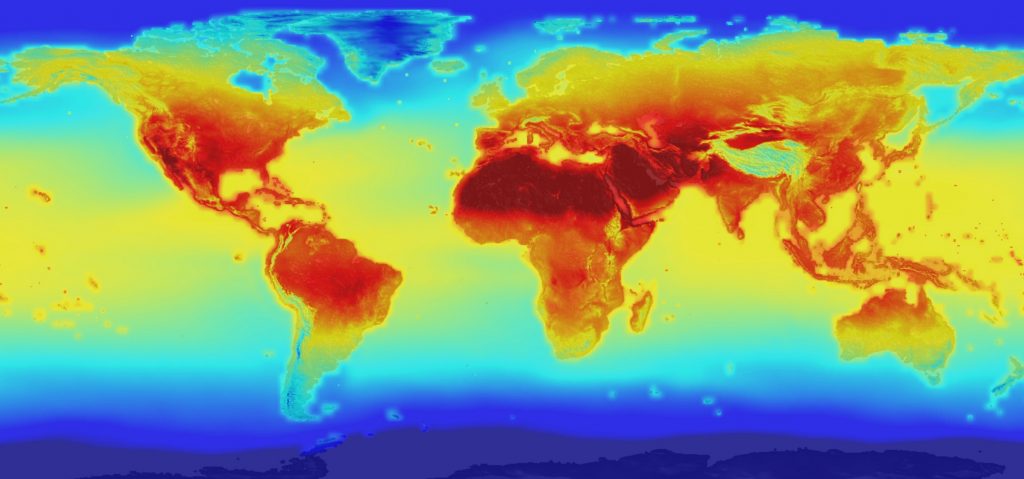
Climate change is real and threatens the safety and lives of millions of people:
Climate change is bogus, a hoax perpetrated by radical liberals:
- https://realclimatescience.com/fifty-years-of-failed-apocalyptic-forecasts/
- http://www.nrtoday.com/opinion/letters/catastrophic-man-made-global-warming-is-a-complete-hoax/article_ff895c54-2ba1-55d7-9b81-0520235bc043.html
VACCINE SAFETY
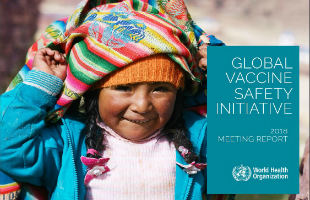
Vaccines are safe and effective at preventing certain infectious diseases:
Vaccines are dangerous and may injure children:
Discussion of research
After students have completed their evaluations, discuss the following questions, either as a class or in a debate format:
- What did you already know about climate change/vaccine safety?
- How did the varying viewpoints about climate change/vaccine safety affect you?
- What are you left wondering?
- Where can you find out more?
Ask students to make their own infographics about climate change, such as maps or tables of world temperatures, atmospheric levels of carbon dioxide, and the significance of melting ice as it relates to sea levels. List five ways climate change might affect human society. (This website on how data science helps fight climate change might provide some help.)
Review a list of recommended vaccines for teens such as the table developed by the CDC. Which diseases do the vaccines help to prevent? Which vaccinations have the students received (they may need to consult their parents to be sure)?
Consider the current measles outbreak figures at https://www.cdc.gov/measles/cases-outbreaks.html. Discuss possible reasons for changes in numbers of measles cases over the past ten years.
Equipping children with the basics of media literacy will enable them to separate fact from fiction for the balance of their educational years and beyond.
Sources: Common Core State Standards (http://www.corestandards.org/ELA-Literacy/RH/9-10/); Center for Media Literacy (www.medialit.org); National Association for Media Literacy Education (https://namle.net/; United Nation Refugee Agency (https://www.unhcr.org/figures-at-a-glance.html).

Connie Goldsmith has written 24 nonfiction books for older children, all but one with Lerner Publishing imprints. As a registered nurse, she often writes about health and science topics, although recent books include military and history topics. Other writing activities have included continuing education articles for nurses, a child health column for a regional parenting publication, and book reviews for the New York Journal of Books. Tweet her @conniegoldsmit or visit her at www.conniegoldsmith.com.


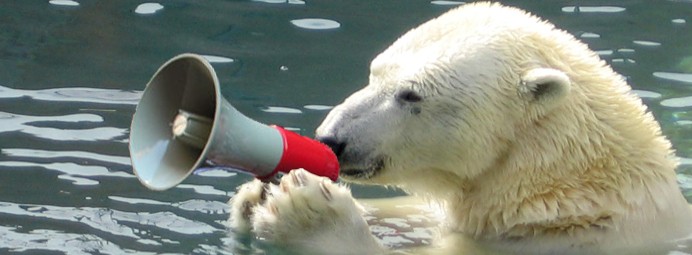
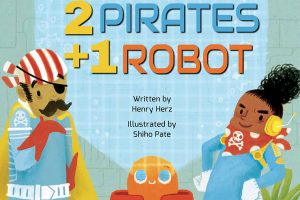
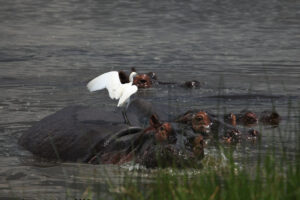
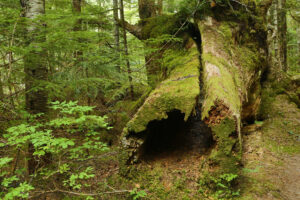


Leave a Reply
Your email is safe with me.